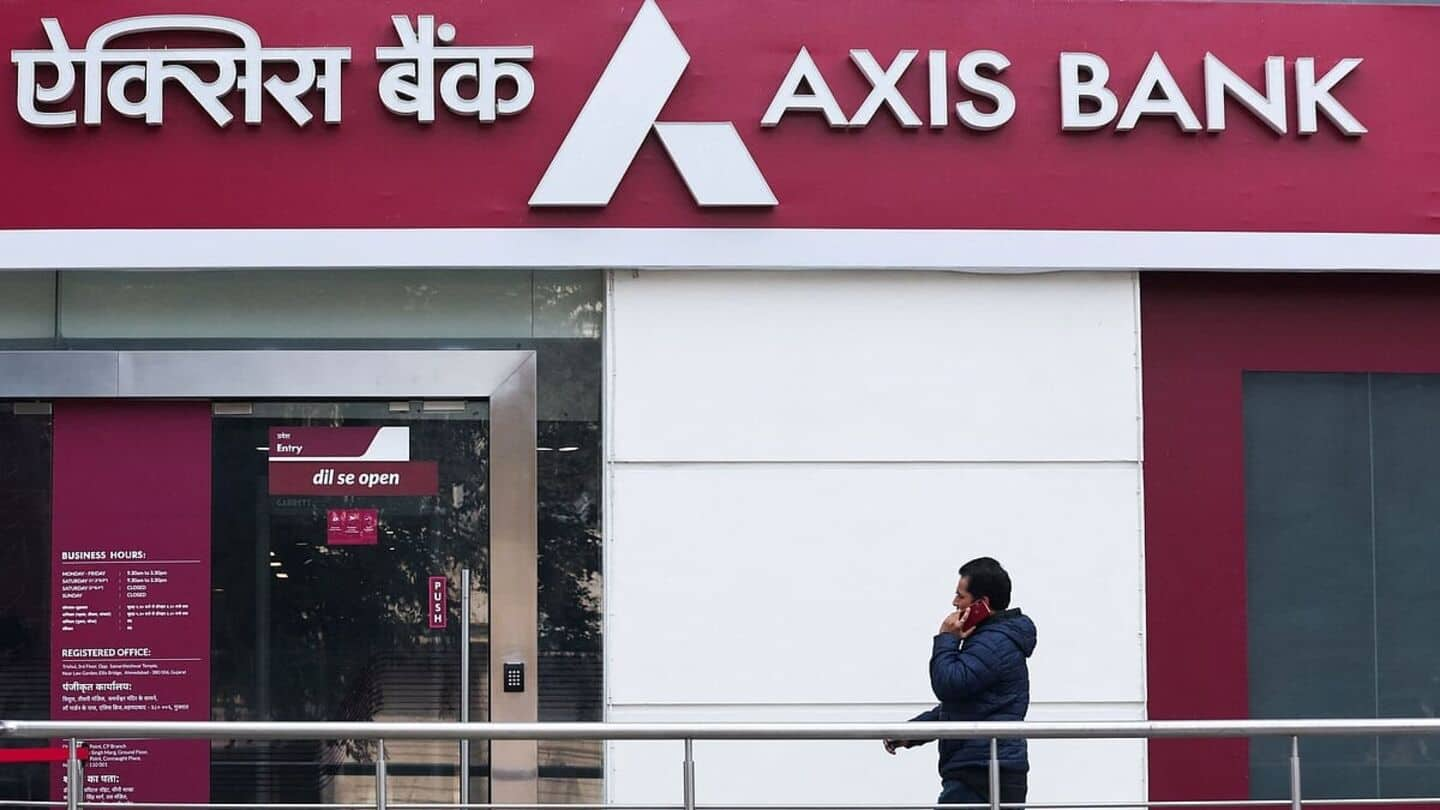India Looks Like a Banker’s Dream
India has all the makings of a paradise for retail banking. A young, ambitious population ready to spend, save, and borrow. Millions of potential credit cards, car loans, and home loans. On paper, this is a once-in-a-lifetime opportunity. And yet, one by one, global heavyweights are bowing out. Citibank sold its consumer banking arm to Axis Bank in 2023 for over eleven thousand crores. Standard Chartered sold part of its retail loan book to Kotak Mahindra. Deutsche Bank has put its retail operations on the block. FirstRand packed up entirely. Meanwhile, Indian banks like SBI, HDFC Bank, and Kotak Mahindra are thriving. They are reporting record profits, adding branches, and expanding their retail customer base. So clearly, the market works. The question is why foreign players could not crack it.

The Scale Problem
Retail banking in India is about scale, not just capital. To win here, a bank needs thousands of branches, lakhs of employees, and crores of retail accounts. SBI alone has more than twenty two thousand branches. HDFC Bank operates over nine thousand. This massive presence helps them attract low cost deposits from everyday savings and salary accounts. Those funds are then lent profitably through loans and credit cards. Compare this with foreign banks. Citibank had just thirty five branches when it sold out. Deutsche Bank has fewer than twenty. With such limited reach, they cannot gather deposits cheaply and must rely on expensive wholesale borrowing. That eats into margins and makes their business uncompetitive against local banks.
Margins and Costs Do Not Add Up
At first glance, foreign banks seem to do well on profitability metrics. Their net interest margins, which measure profit per rupee lent, often match or even exceed Indian banks. Deutsche Bank’s margin was 4.9 percent and Standard Chartered’s was 4.6 percent in recent years. But the problem lies in costs. Without scale, their expenses chew through most of the profits. Deutsche Bank spent over three thousand crores in operating expenses in FY25. Standard Chartered burned almost nine thousand crores. When Axis Bank took over Citi’s retail business, it immediately projected thirty to forty percent savings from Citi’s bloated cost structure. So while the math on paper looks healthy, the lack of scale means costs overshadow margins.

Regulatory Roadblocks
The Reserve Bank of India has its own rules for foreign players. If a foreign bank wants to scale retail operations significantly, it needs to switch to a wholly owned subsidiary model. That requires a big capital commitment, Indian directors on the board, and heavier compliance obligations. For many foreign banks, this was simply not worth the effort. Even Deutsche Bank once admitted that the model offered little benefit for them.
Shifting Global Priorities
Exits from India are not always just about local competition. Global banks constantly rework strategies. Citibank left India along with fourteen other markets including China and Australia as part of a broader retreat to focus on institutional banking and wealth management. Standard Chartered is doubling down on wealth solutions which earned it nearly seven hundred million dollars last year. Deutsche Bank too announced large retail job cuts globally before news of its India exit surfaced. So while they retreat from retail banking, they are not leaving India altogether. Institutional banking, wholesale lending, and wealth management remain profitable areas for them.

What It Means for Indian Banks
The retreat of foreign banks has opened up massive opportunities for domestic lenders. When Axis Bank took over Citi’s business, it added 2.4 million new customers and 1.8 million credit cards overnight. Kotak Mahindra acquired Standard Chartered’s loan book. And Deutsche Bank’s customers are likely to land with another large Indian player soon. These exits show that India’s retail banking story belongs to its homegrown banks. They understand the market better, have built the branch networks, and can run operations at a scale that foreign competitors could not match.
The Bottom Line
Foreign banks came to India with deep pockets, global expertise, and brand power. But India’s retail banking business is a different beast altogether. It rewards those who invest in scale, spread costs over millions of customers, and truly embed themselves in the country’s financial fabric. In the end, it was Indian banks that mastered this game, while foreign banks found better opportunities elsewhere.
Follow YouFinance on Instagram and Facebook for more clear, engaging stories that simplify finance and business for you.














